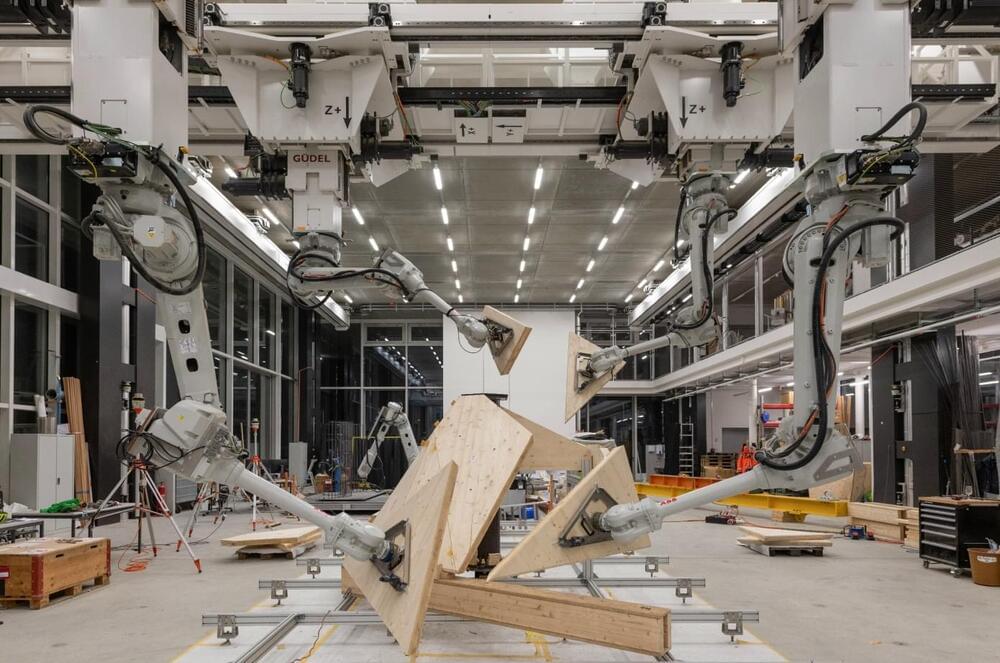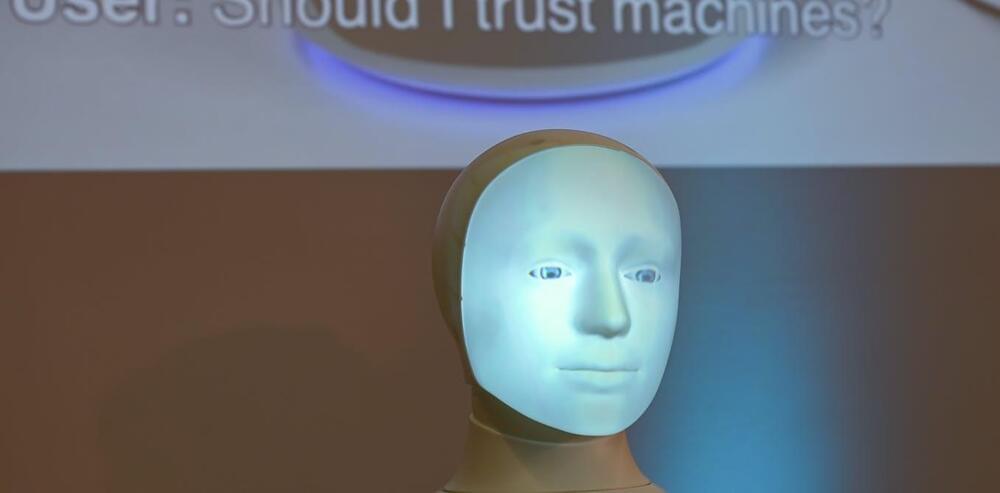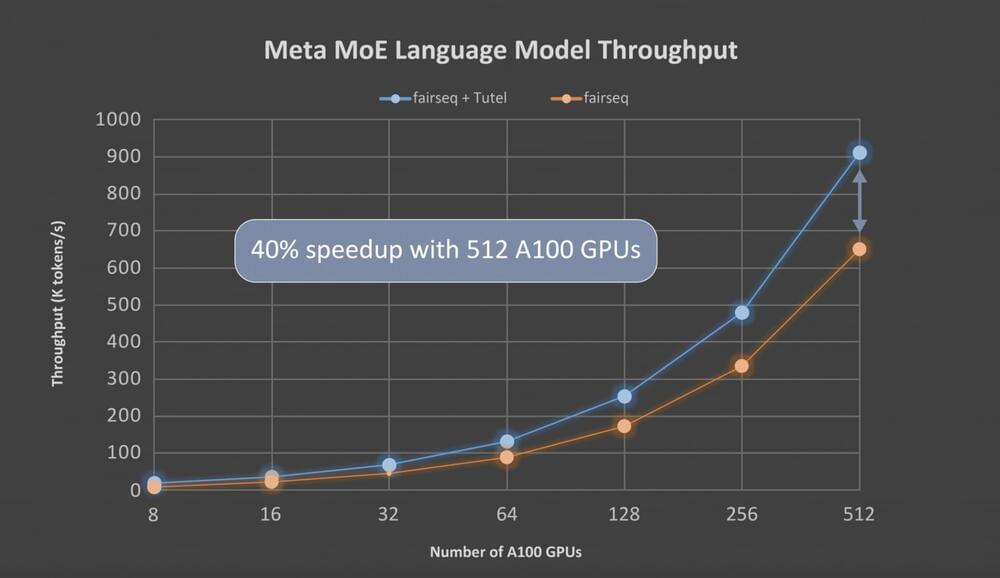Text-to-photorealism.
Nvidia deep learning technologies continue to do wonderful and weird things. Just a few weeks ago we saw how the company can use AI to automatically match voice lines to 3D animated faces. This cool kind of tech that can help people create great things with ease, or in the case of Nvidia’s latest unveiling, potentially horrible things, but still with ease.
We first saw Nvidia’s GauGAN a few years back. It was demonstrated to turn basic doodles into photorealistic images with a click of a few buttons. It’s pretty neat stuff, and definitely worth playing with. Now GuaGAN2 is out and it doesn’t even need your sketches to make highly detailed landscape images.





